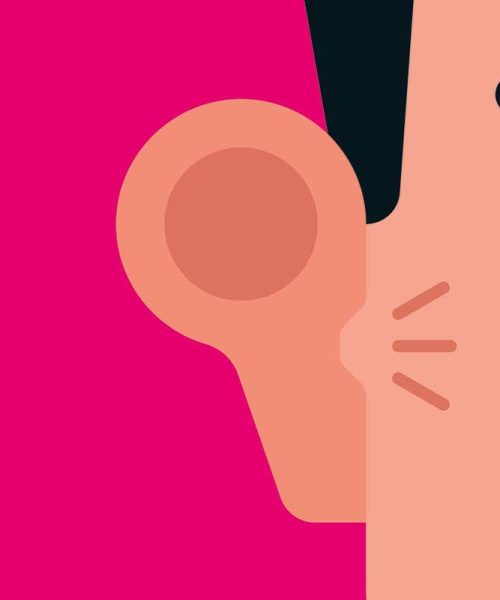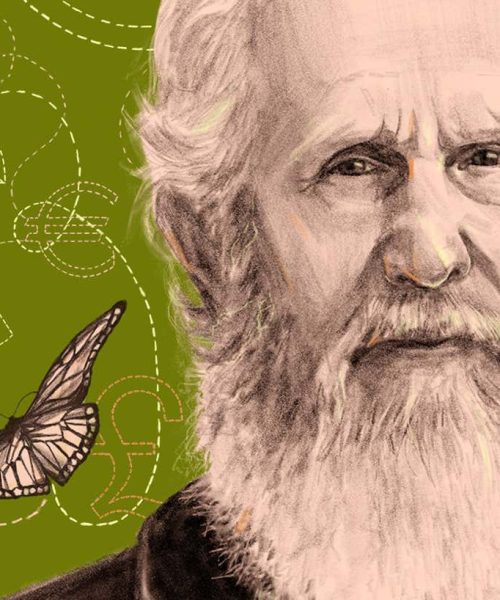
Antonio Sortino
HEAD up. Shoulders back. Sit up straight. No doubt you heard these commands as a child, and they have probably prompted you to sit or stand a little straighter right now. With UK adults spending half of the day in front of a screen, and millions experiencing backache, you would be forgiven for linking the two and being as concerned about your posture as your parents.
“The public genuinely think that it’s dangerous to slouch. We have done multiple studies in different countries about this,” says Kieran O’Sullivan at the University of Limerick, Ireland, who specialises in back pain.
To a legion of slouchers, then, it may come as a surprise to hear that clear evidence of what constitutes good posture and whether your deportment is harming you is only just coming to light. The revelations are overturning many common assumptions. New studies are unravelling the link between posture and pain, highlighting the problems that we really should care about and even identifying ways of sitting and standing that can boost our mood. So, sit back (slouch if you want) and prepare to have your ideas about posture turned on their head.
The ideal posture is something that humans have been talking about since at least the Ancient Greeks – think of all those statues with athletic-looking physiques, standing upright, back straight. “Written evidence in the West begins with the Greeks, but in my fantasy, I can see some Neanderthal mother yelling at her kids to ‘stand up straight and stop looking like those Homo sapiens across the valley’,” says Sander Gilman at Emory University in Atlanta, Georgia, the author of …





